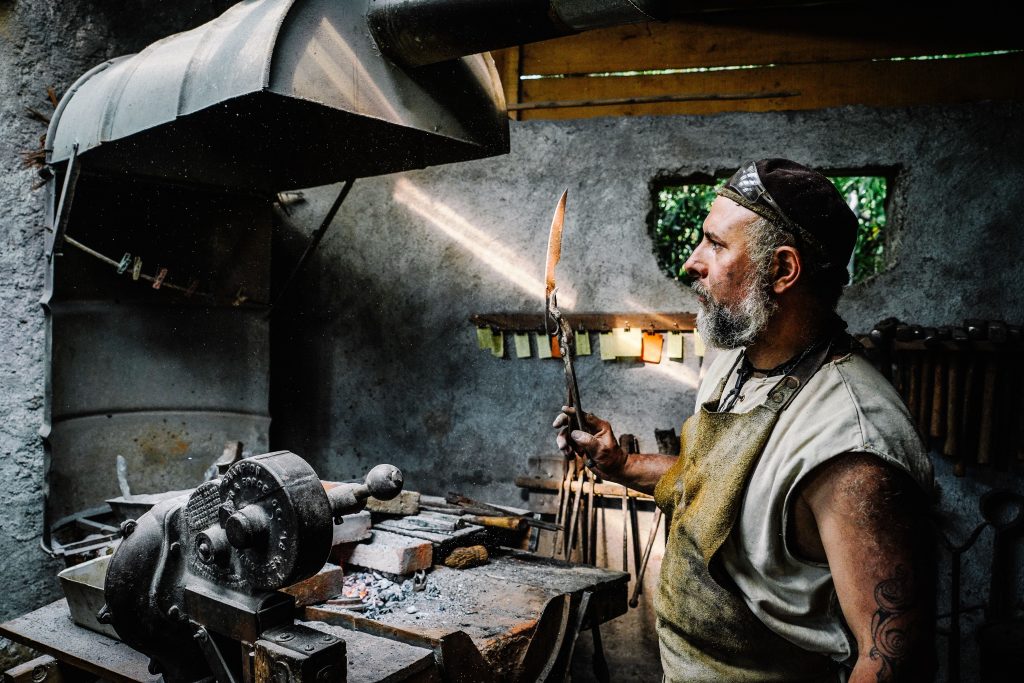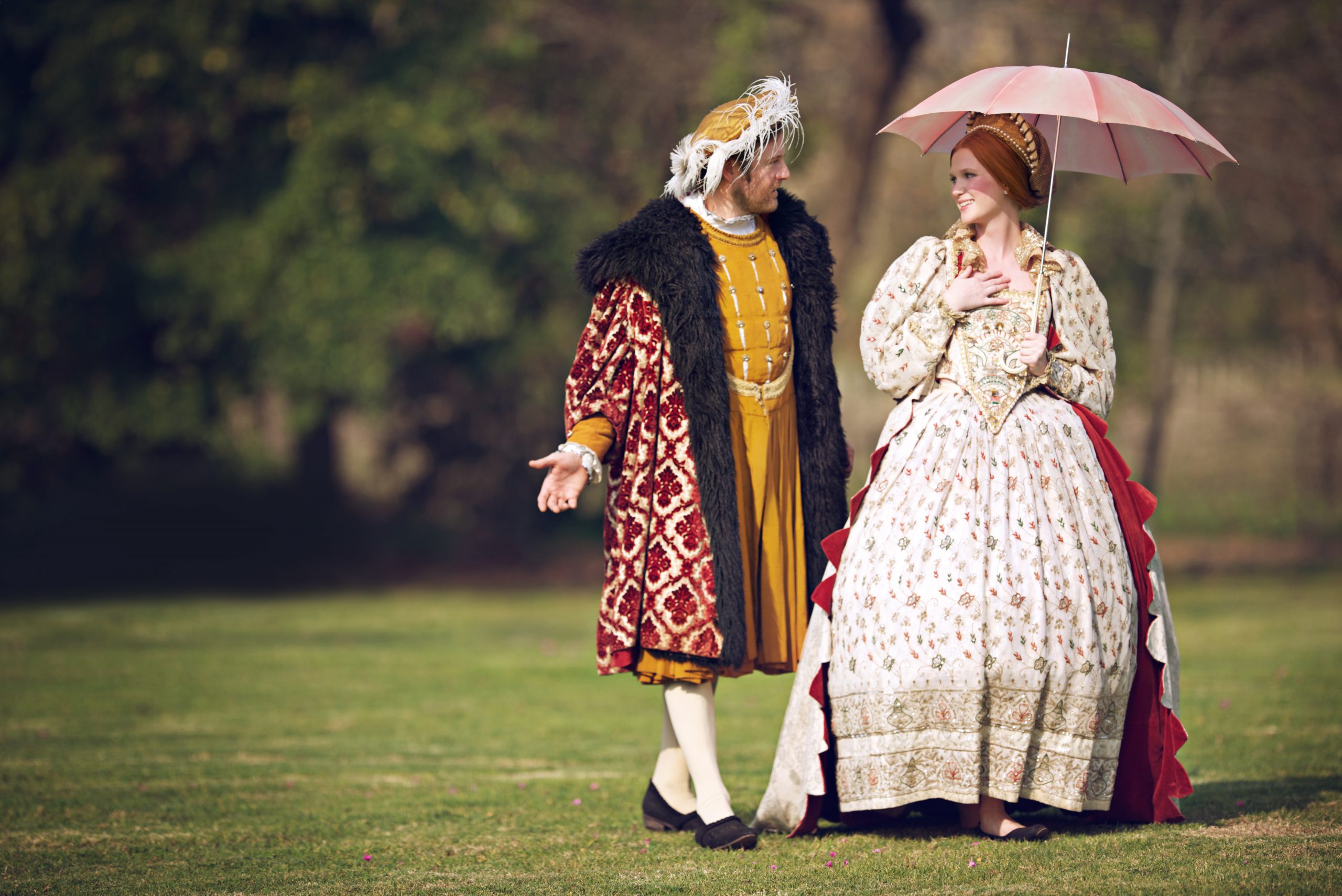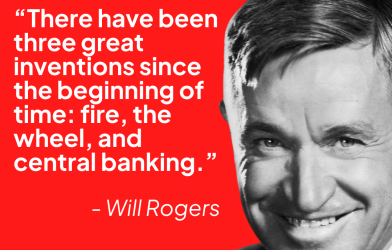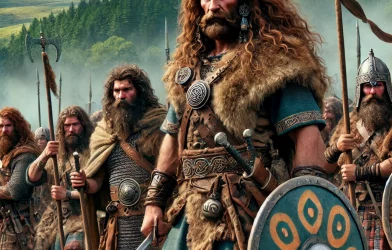The Victorian period, named after Queen Victoria who reigned from 1837 to 1901, was an era of significant transformation in British history. This time was marked by immense progress and change, influencing various aspects of society, culture, and industry.
The Victorian era began with Queen Victoria’s ascension to the throne in 1837. Her reign, lasting for 64 years, made her one of the longest-reigning monarchs in British history. This period saw Britain emerge as the world’s foremost power, both economically and militarily. The expansion of the British Empire was unparalleled, with colonies in Africa, Asia, the Americas, and the Pacific, making it the largest empire in history by the early 20th century. The British navy was dominant, and trade routes were established across the globe, bringing wealth and cultural exchanges to and from Britain.
Domestically, the Victorian era was characterized by significant political reforms. The Reform Acts of 1832, 1867, and 1884 expanded the electorate, gradually allowing more men (though not yet women) to vote. These reforms paved the way for modern democracy in Britain. The era also saw the establishment of significant institutions, including the police force and public health systems, which improved the overall quality of life for many Britons.
A Time of Innovation
One of the most defining features of the Victorian period was the Industrial Revolution. This era saw a major shift from agrarian economies to industrialized ones, with Britain leading the way. The advent of machinery and factories transformed production processes, leading to mass production and the rapid growth of cities.
Key innovations during the Industrial Revolution included the steam engine, which revolutionized transportation and manufacturing. Railways expanded rapidly, connecting cities and towns, and facilitating trade and movement. The Victorian period also saw the rise of important industries such as textiles, coal mining, and steel production. Factories became the centers of production, employing thousands of workers and contributing to the economic boom. Innovations such as the spinning jenny, the power loom, and the cotton gin revolutionized the textile industry, making Britain a global leader in textile manufacturing.
A New Way of Life
The Industrial Revolution brought significant social changes. Urbanization increased as people moved to cities in search of work. This shift led to the growth of a new social class, the industrial working class, who faced harsh working conditions and low wages. These issues eventually led to the rise of labor movements and calls for social reform.
Education became more accessible during the Victorian era, with the introduction of compulsory education for children. This period also saw the rise of the middle class, who played a crucial role in the cultural and intellectual life of the time.
Literature and Arts: A Golden Age
The Victorian period was a golden age for literature and the arts. Many of the most famous English authors, including Charles Dickens, the Brontë sisters, and Thomas Hardy, wrote during this time. Their works often reflected the social issues of the era, such as poverty, class disparity, and industrialization.
Victorian art was characterized by a fascination with the past and a desire to reflect the rapid changes in society. The Pre-Raphaelite Brotherhood, formed in 1848, was a group of artists who sought to return to the detail and vivid colors of early Renaissance painting.

Scientific and Technological Advancements
Science and technology flourished during the Victorian era. Charles Darwin’s theory of evolution, presented in his 1859 work “On the Origin of Species,” challenged traditional views and had a profound impact on science and society. Other scientific advancements included the development of the telephone by Alexander Graham Bell and significant progress in medicine and public health. The period also witnessed the invention of the electric telegraph, which revolutionized communication by allowing instant transmission of messages over long distances. This innovation had a significant impact on business, journalism, and personal communication.
In medicine, the discovery of anesthesia and antiseptics transformed surgical procedures, drastically reducing pain and mortality rates. Public health initiatives, such as improved sanitation and the establishment of clean water supplies, helped combat epidemics of diseases like cholera and typhoid. These advancements greatly improved the quality of life and increased life expectancy.
Building a New World
Victorian architecture is notable for its diversity and innovation. The Gothic Revival style, characterized by pointed arches and intricate detailing, was particularly popular. This period also saw the construction of many iconic buildings, such as the Houses of Parliament and the Crystal Palace.
Urban development during the Victorian era was significant. The rapid growth of cities led to the creation of new infrastructure, including sewage systems, public parks, and housing for the working class. The introduction of street lighting and public transportation improved the quality of life in urban areas.
The Victorian period was a time of profound change and innovation. It was an era that saw the rise of industrialization, significant social reform, and remarkable achievements in literature, science, and the arts. The legacy of the Victorian era continues to influence modern society, reflecting a time when the world underwent rapid and transformative change.














